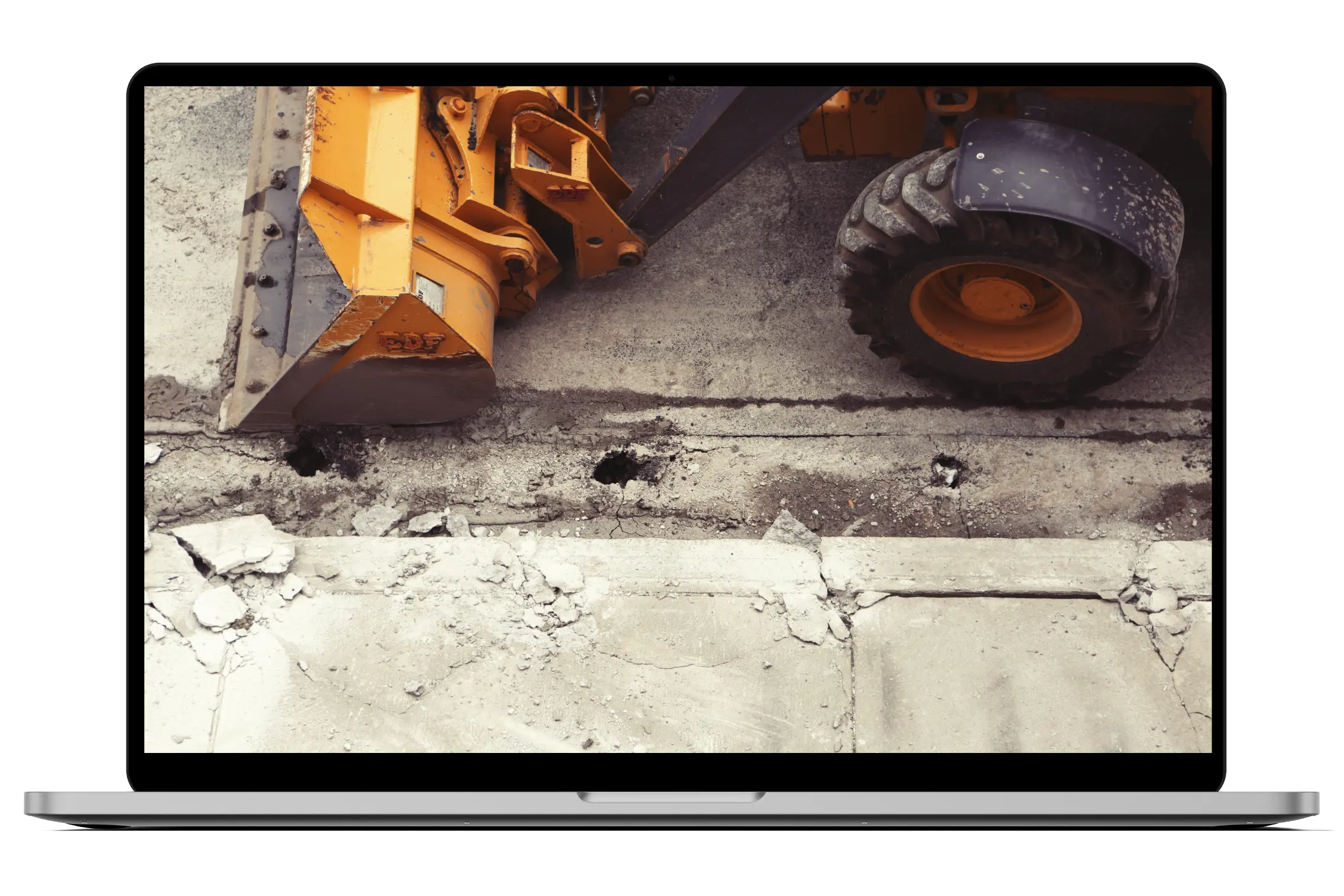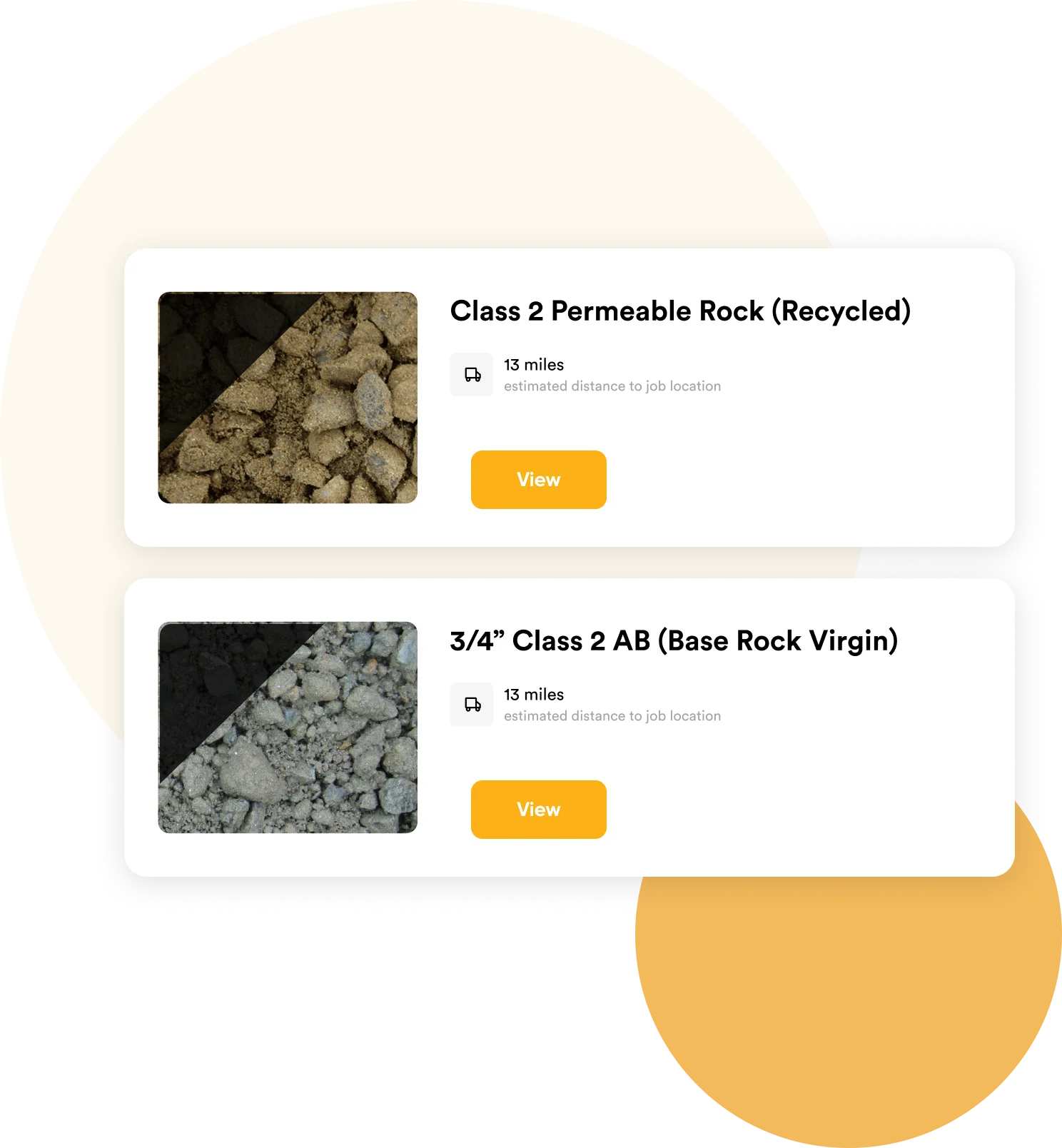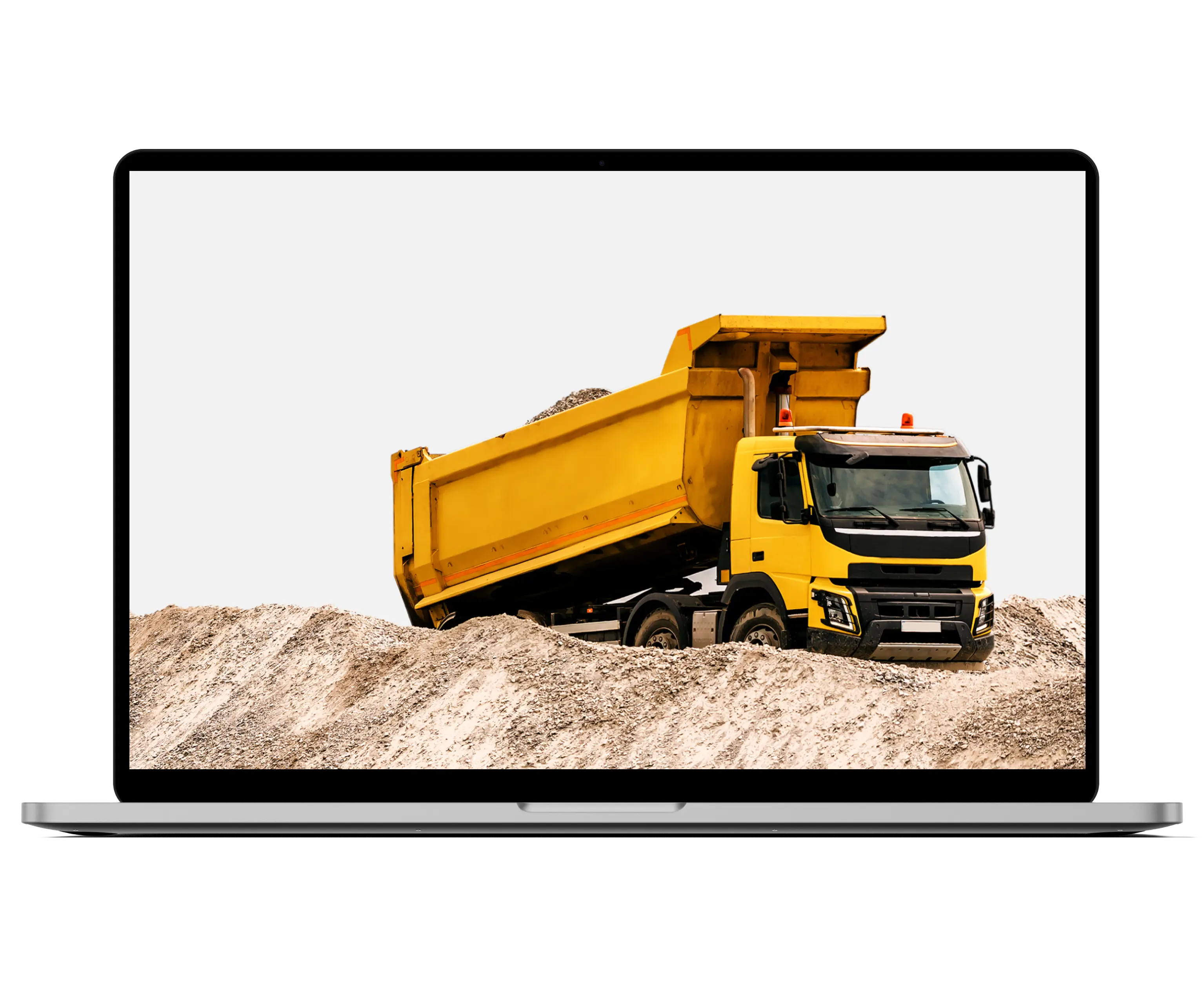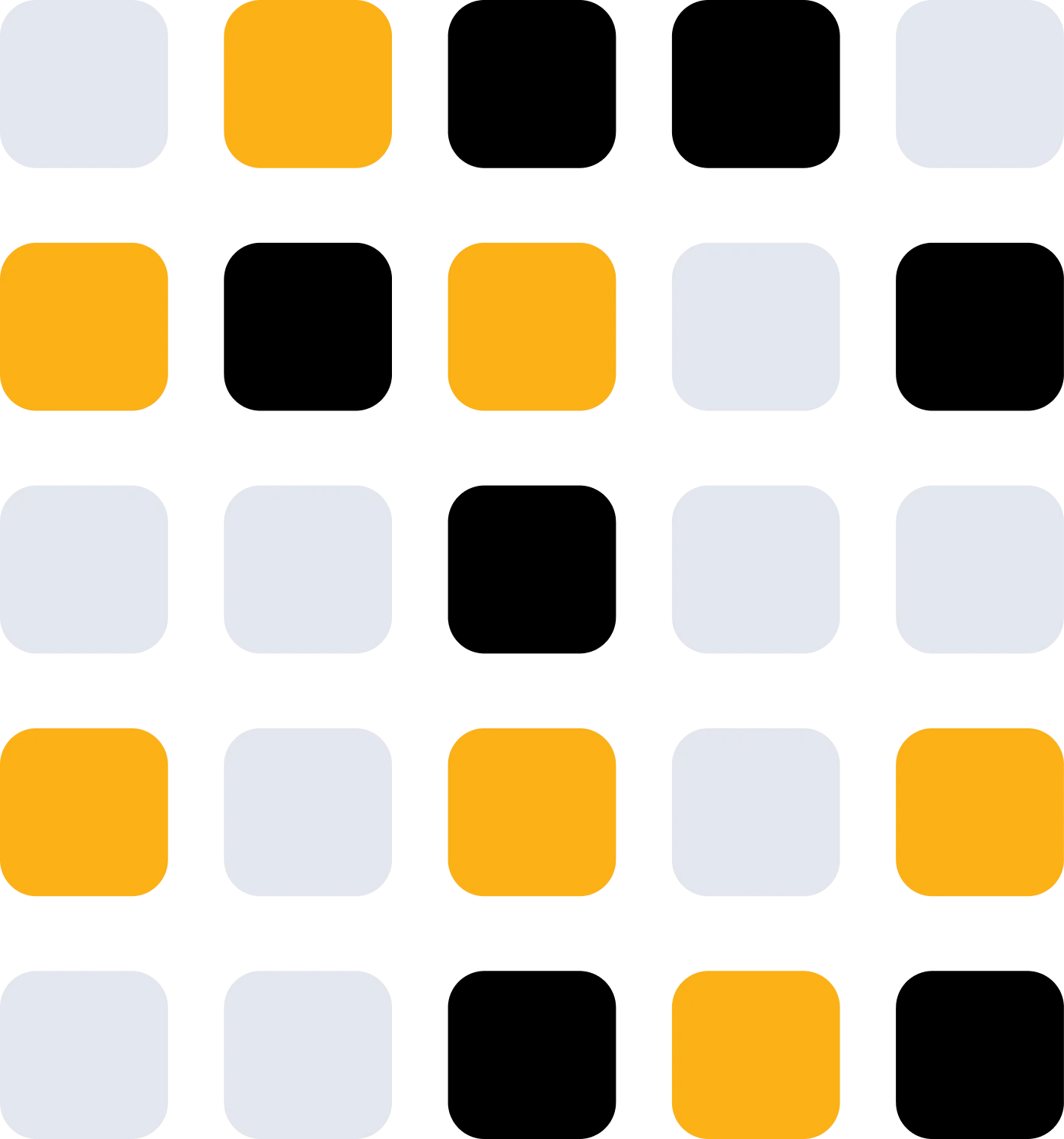
This project has redefined the bulk materials marketplace by providing a digital platform for contractors to efficiently source materials for large-scale projects. This marketplace is essential for contractors submitting bids for public offers, such as infrastructure projects, where detailed material specifications are a prerequisite.
In the construction industry, especially within public infrastructure projects, the procurement process remains heavily dependent on manual workflows and document processing. Preparing requests for proposals (RFPs) often involves compiling complex spreadsheets, manually extracting material lists from long documents, and managing fragmented communication with suppliers.

The solution is designed to support contractors operating within the U.S. construction industry, particularly those responding to public tenders for infrastructure projects such as roads, bridges, and utilities. The platform aligns with U.S. compliance and documentation standards, ensuring that material specifications and formats match industry expectations in the region.

In the construction bidding process, contractors must prepare detailed documentation that includes exact material requirements, quantities, and units. This documentation, used when submitting proposals for public works like bridge or highway construction, is often long and highly technical.Previously, users of the platform had to manually extract and enter each material into the system to request quotes from suppliers. The process was not only time-consuming (often taking up to an hour per request) but also error-prone, given the precision required.
Moreover, the platform’s target users typically lack advanced digital skills, making technical solutions difficult to adopt unless they are intuitive and streamlined.The client needed a way to eliminate these friction points and drastically reduce the time and effort required to submit accurate material requests.

Instead of getting all the materials, with their quantity and measurement unit from their documentation and inserting them manually into the platform, we created an AI-driven solution that uses AI to extract all the information needed to create the request for the proposal.This method involves the use of two generative AI services. When a user uploads a document, PDF.AI is employed to transform all the content into a text format, enabling the conversion of visuals and drawings into plain text.Following this, the text undergoes processing by the OpenAI platform, where an OpenAI Assistant, powered by the GPT-4 model, has been configured. This assistant is thoroughly informed about the platform's categorization system, allowing it to categorize each identified material accurately.The OpenAI Assistant was used to interpret the text received from the previous step and create a JSON structure with all the materials, quantities, and measurement units found.With this solution, a user can create a request for a proposal in less than a minute, whereas previously it took them more than an hour to get the right information from the document and submit the proposal.

The most challenging part was getting accurate data from the PDF documents since there wasn’t a well-defined structure (every constructor has its own structure) while some of the documents have drawings that represent the materials.Initially, the solution relied solely on the OpenAI Assistant. However, it became evident that when documents contained material information within drawings or images, the OpenAI Assistant's performance was inadequate, as it couldn't effectively extract data from images. This realization led to a strategic shift from a single-step to a two-step process. In the first step, PDF.AI was employed to translate the entire PDF document into text format. Following this, the OpenAI Assistant was tasked with interpreting this text to accurately extract and categorize the necessary information.
The project kicked off with a two-day exploratory phase where the tech lead proposed potential solutions: leveraging third- party Generative AI services like OpenAI or developing a custom data extractor using Google Cloud's Document AI Service.Opting for the former for its expedited development timeline, the solution was developed and deployed into production within 2 weeks by a fullstack engineer. This swift execution highlights Linnify's agility and commitment to delivering innovative, AI-driven solutions.



The platform revolutionized how contractors prepare proposals for public infrastructure projects by eliminating the need for manual material extraction from lengthy documents. By integrating an AI-driven workflow, the solution reduced RFP preparation time from over an hour to under a minute, unlocking greater efficiency, accuracy, and scalability for non-technical users in a traditionally manual industry.
This collaboration strengthened Linnify’s capabilities in applying generative AI to document understanding, workflow automation, and user-friendly system design for non-technical stakeholders. The project highlighted how thoughtful AI integration can solve real, time-sensitive challenges in construction procurement, paving the way for future innovations that make complex bidding processes smarter and more accessible.


It eliminates manual material extraction from documents used in public infrastructure project proposals. Previously, this task took over 60 minutes, now it takes under 1.
The solution uses a two-step generative AI pipeline: first, PDF.AI converts the document (including visuals) into text; then, an OpenAI Assistant powered by GPT-4 identifies and categorizes materials, quantities, and measurement units
It’s designed for U.S.-based contractors submitting public tenders for infrastructure projects like roads and bridges, especially those with limited digital experience who need an intuitive tool.
The web-based platform combines third-party AI tools (PDF.AI and OpenAI GPT-4) with custom frontend and backend development. The system produces structured JSON outputs for material lists.
By automating the extraction process, the platform eliminated manual entry errors and standardized material categorization, improving proposal precision and efficiency.
The AI-first architecture enables future automation features, helping the platform scale beyond proposal creation while serving as a foundation for further AI-driven construction workflows.